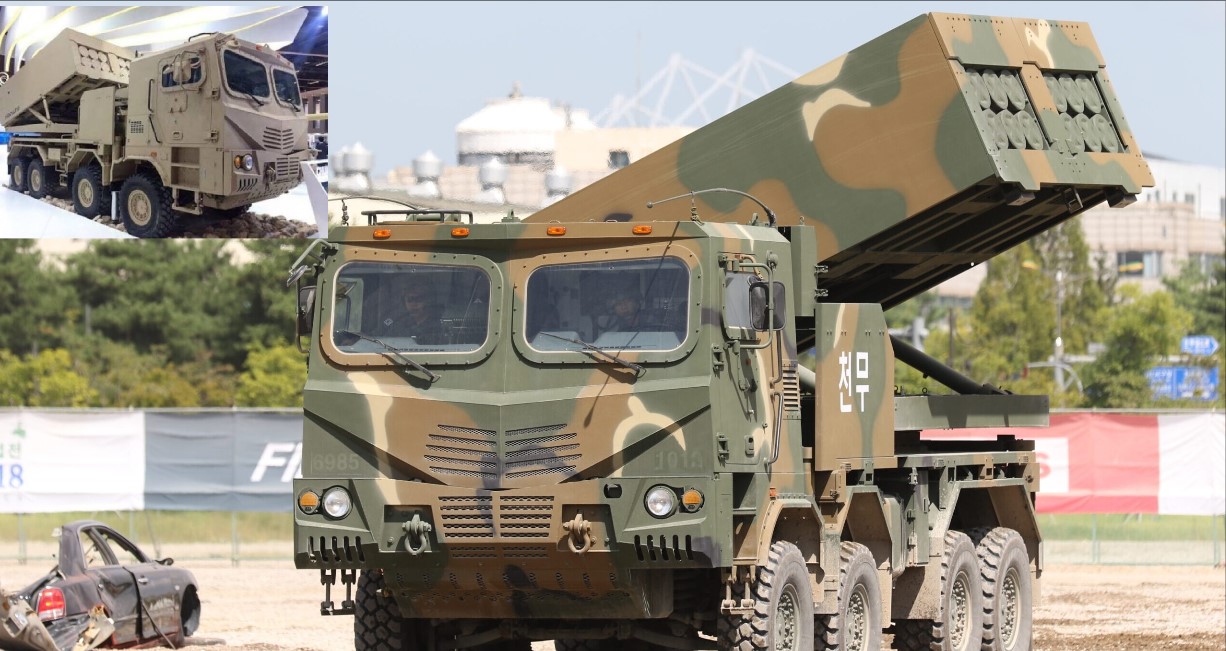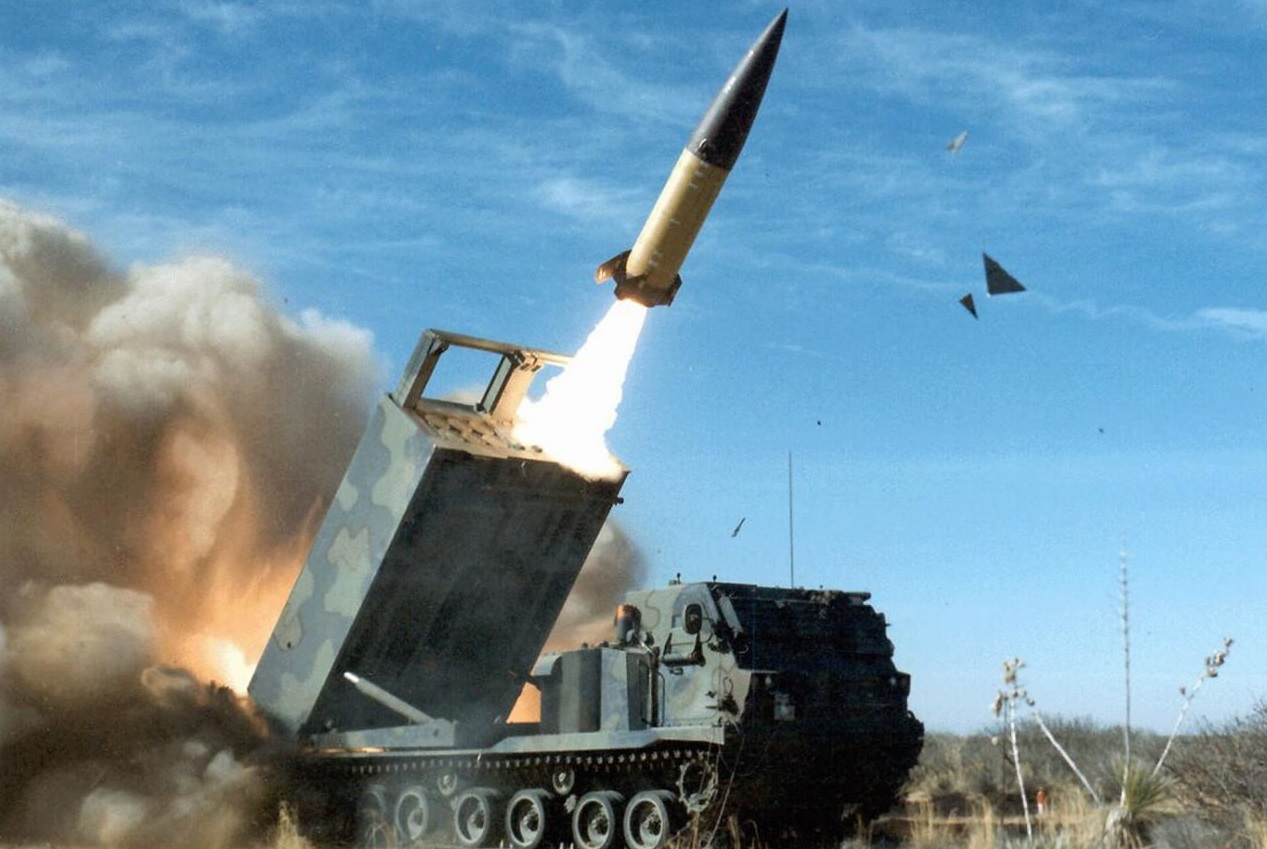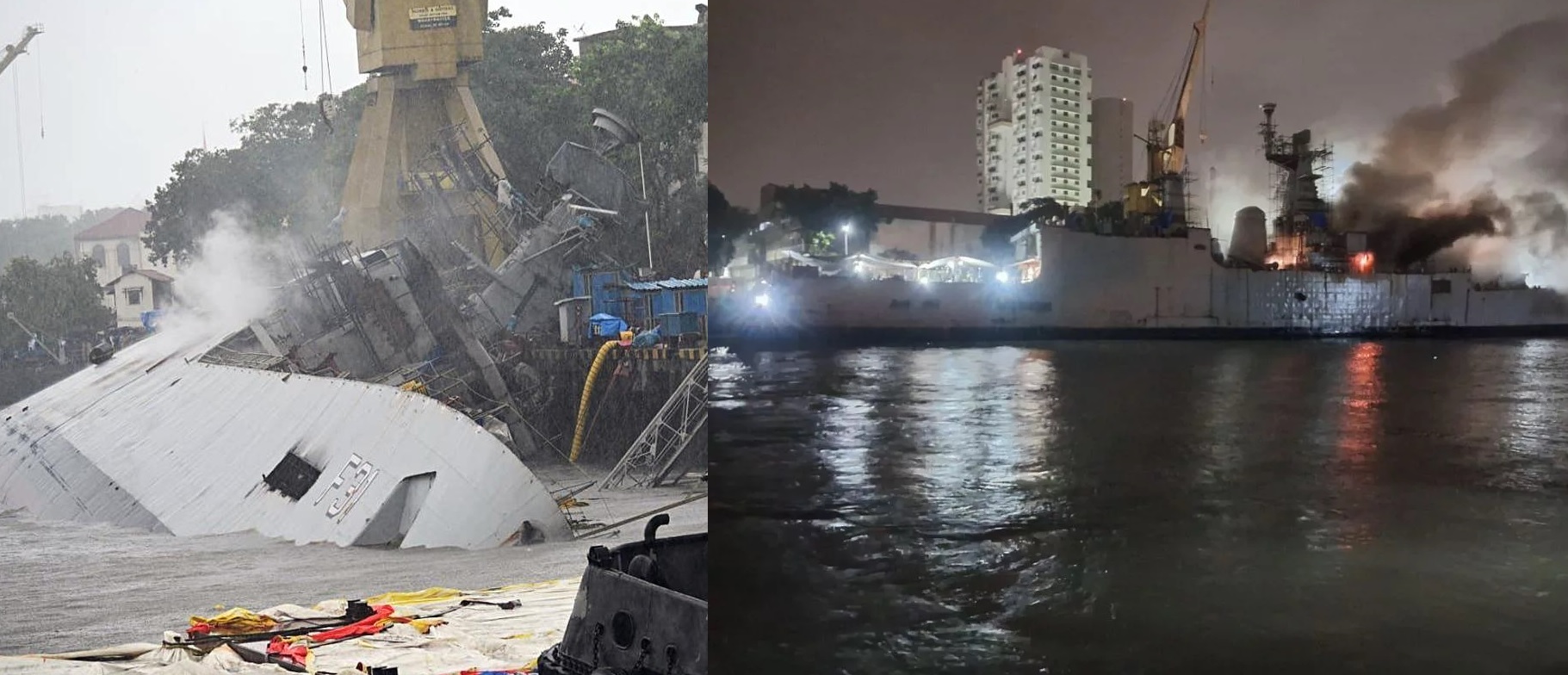L3Harris Achieves Critical Milestone in Missile Defense with Infrared Payload

L3Harris Technologies has delivered its first infrared payload for the Space Development Agency's (SDA) Tranche 1 Tracking Layer, marking a significant achievement in advancing U.S. missile defense capabilities. This technology is central to the SDA's ambitious plan to deploy a constellation of 16 satellites designed to bolster national defense by tracking advanced missile threats, including hypersonic glide vehicles, which are among the most difficult to detect and intercept.
At the heart of this development is the advanced infrared payload, engineered to provide real-time missile tracking data. This payload is equipped with precision infrared sensors that can detect heat signatures of high-speed, maneuvering threats. One of the standout features of this system is its ability to communicate swiftly through optical links, ensuring the rapid transmission of crucial threat information to U.S. forces.
This milestone follows the successful completion of a rigorous Test Readiness Review (TRR), a process that validated the payload's and subsystem's compliance with stringent performance and reliability standards. With this green light, the payload is now set for integration with space vehicles, moving closer to the goal of deployment. This phase will test the payload's performance in a simulated space environment, setting the stage for the satellites' expected launch in the near future.
The Tranche 1 Tracking Layer is a crucial piece of the Space Development Agency's National Defense Space Architecture, a multilayered defense system designed to address evolving threats in the modern battlefield. L3Harris's involvement in this $800 million project underscores the company's pivotal role in space-based missile defense, following earlier successes like the Tranche 0 Tracking Layer prototype satellites, which provided foundational insights for future enhancements.
L3Harris's technology offers unprecedented surveillance and defense capabilities. The infrared payload includes multiple pointing modes and leverages Ka-band communication for robust and secure data transfer, supporting the warfighter's ability to respond to missile threats rapidly. Additionally, the constellation will feature networked communication systems to maintain global coverage and operational resilience, crucial in an era where space assets are a key focus for military strategy.
The project comes at a time when the threat landscape is becoming increasingly complex, with nations investing in hypersonic and maneuverable missile technology. L3Harris is among the leaders in this field, driven by a commitment to agile and responsive space solutions, which are now more vital than ever for national and allied defense.
By continuing to deliver cutting-edge payloads and space systems, L3Harris remains at the forefront of missile defense, ensuring that the U.S. and its partners are prepared to address present and emerging threats with a technologically superior shield.


